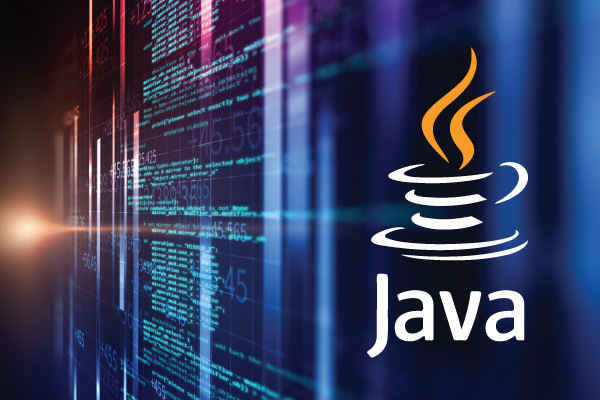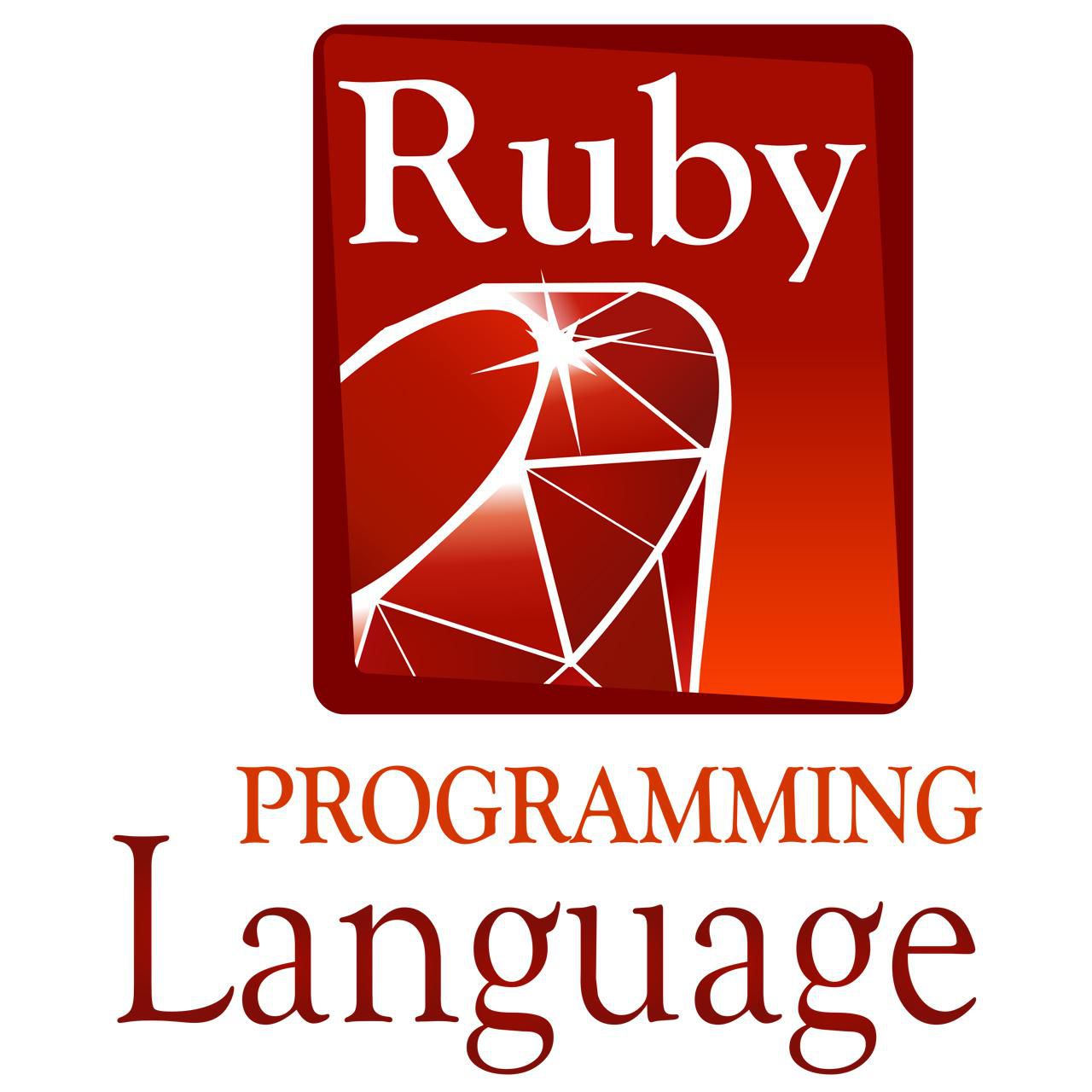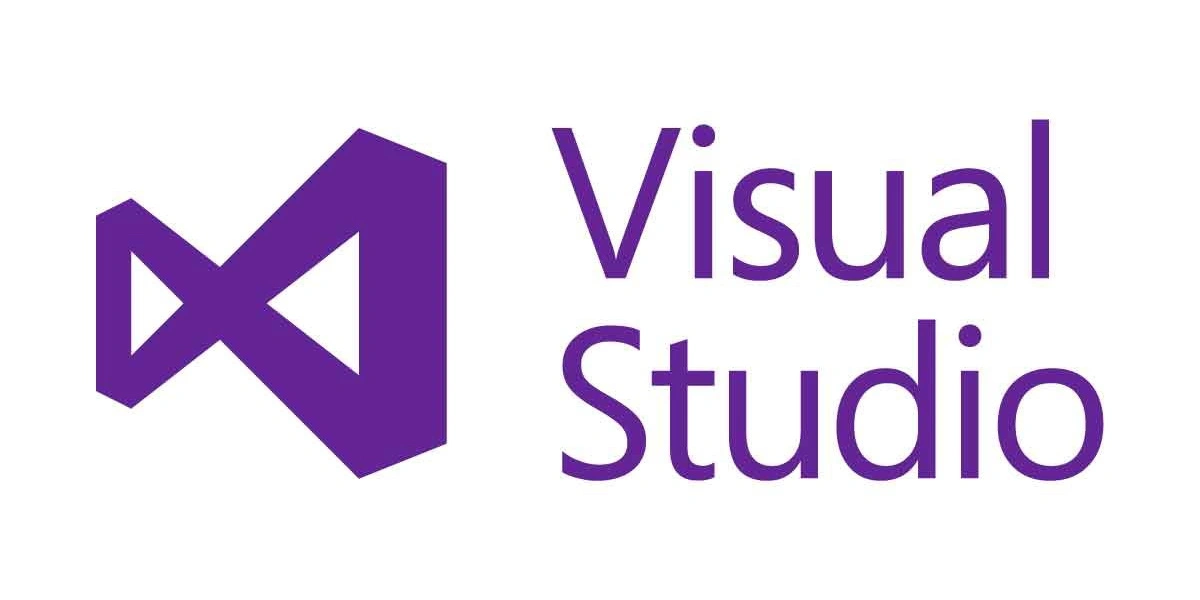
C Language
C is a useful language for almost all computer programmers. Whether you need a beginner’s introduction to the language, or instruction on finer points of C’s capabilities, like socket programming. This specialization develops strong programming fundamentals for learners who want to solve complex problems by writing computer programs. You will learn to develop algorithms in a systematic way and read and write the C code to implement them. This will prepare you to pursue a career in software development or other computational fields. This course will teach you fundamental programming concepts from scratch like data types, control flow, functions, input/output, memory, compilation, debugging, and other advanced topics in a comprehensive yet concise manner.
C++ Language
Course Objective
This is a fast-paced introductory course to the C++ programming language. It is intended for those with little programming background, though prior programming experience will make it easier, and those with previous experience will still learn C++-specific constructs and concepts. By the end of this course, you should be able to:


Core JAVA & Advanced JAVA
This course introduces computer programming using the JAVA programming language with object-oriented programming principles. Emphasis is placed on event-driven programming methods, including creating and manipulating objects, classes, and using object-oriented tools such as the class debugger. This course has been approved to satisfy the Comprehensive Articulation Agreement for transferability as a premajor and/or elective course requirement.
Upon completion of this course, the student will be able to:
Python Programming
This course will introduce you to the wonderful world of Python programming! We’ll learn about the essential elements of programming and how to construct basic Python programs. We will cover expressions, variables, functions, logic, and conditionals, which are foundational concepts in computer programming. We will also teach you how to use Python modules, which enable you to benefit from the vast array of functionality that is already a part of the Python language. These concepts and skills will help you to begin to think like a computer programmer and to understand how to go about writing Python programs. By the end of the course, you will be able to write short Python programs that are able to accomplish real, practical tasks. This course is the foundation for building expertise in Python programming. As the first course in a specialization, it provides the necessary building blocks for you to succeed at learning to write more complex Python programs.

PERL Programming
The Perl Programming course is a comprehensive course that explains the Perl programming language, from basic through advanced syntax. This course is aimed at a wide range of people – programmers, developers, system administrators, web authors, and operators. It explains how to use the Perl programming language to write quick yet powerful scripts to take advantage of Perl’s system administration capabilities and issue Perl commands.


RUBY
Comprehensive course in Ruby, an open-source dynamic object-oriented scripting language. Covers variables, arrays and hashes, methods and procs, classes, objects, and writing server-side Ruby scripts for the Web. Also covered are exception handling, regular expressions, I/O objects, and modules. An introduction to SQL and the MySQL database, and advanced topics such as Model-View-Controller architecture and agile Web application development with the Ruby on Rails framework. Intended for students with previous programming experience.
Upon successful completion of this course, a student will meet the following outcomes:

Visual Studio
It is used to develop computer programs, as well as websites, web apps, web services and mobile apps by using Microsoft software development platforms such as Windows API, Windows Forms, Windows Presentation Foundation, Windows Store and Microsoft Silverlight.
Visual Studio is a streamlined code editor with support for development operations like debugging, a task running and version control. It aims to provide just the tolls with a developer needs for a quick code-build-debug cycle and leaves more complex workflows to fuller featured IDEs.
